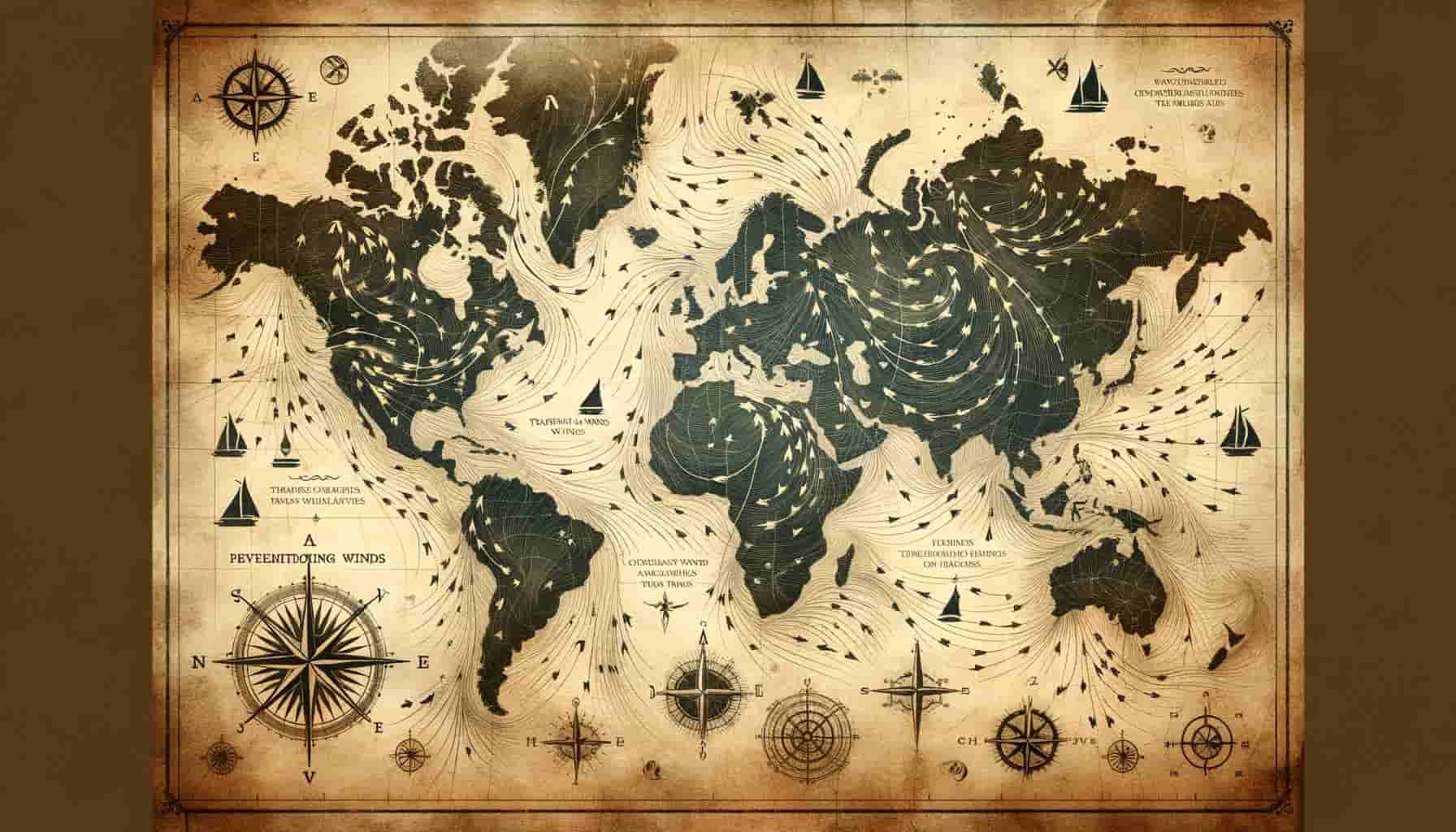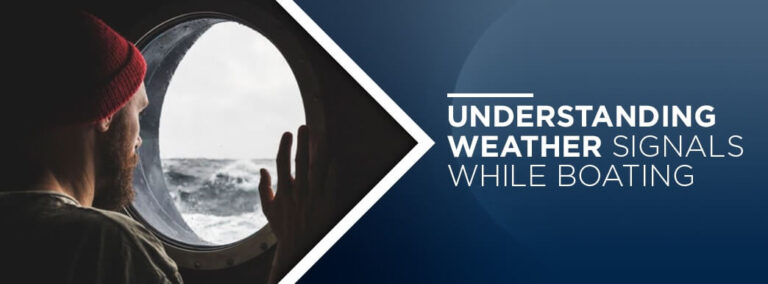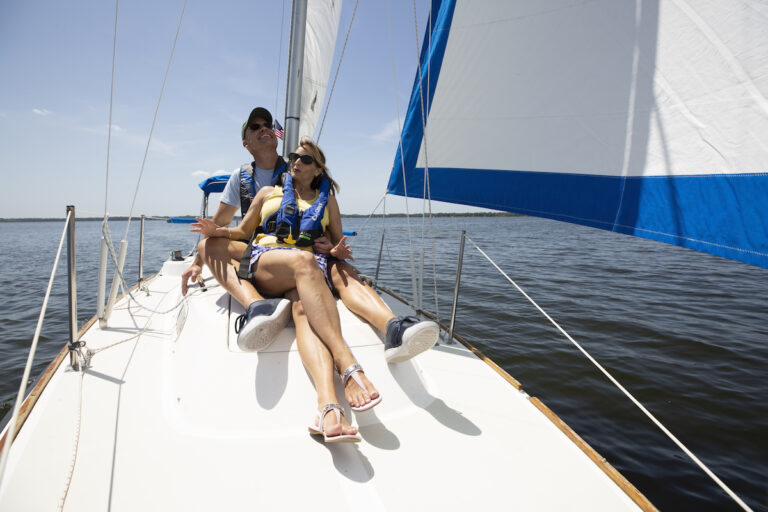The Role of Wind in Sailing: Basics for Beginners
The role of wind in sailing is crucial as it provides the primary source of power for propulsion and steering. Winds are harnessed by adjusting sail trim and using different sailing techniques to maximize speed and efficiency on the water.
Beginners in sailing need to understand wind direction, speed, and how it interacts with the sails to control the boat’s movement. Knowing how to read the wind and make adjustments accordingly is essential for safe and enjoyable sailing experiences.
This article will provide beginners with the basics of wind in sailing and explain its significance in navigating a sailboat.
Let’s explore the fundamentals of using wind to propel a boat and delve into the various factors that influence sailing with the wind.
Harnessing The Power Of Wind
Discover the fundamentals of wind and its pivotal role in sailing. Explore how harnessing the power of wind opens up a world of possibilities for beginners venturing into the world of sailboats.
Sailing relies on the power of the wind to propel a boat forward. Understanding how to harness this power is crucial for beginners. Below are key points to keep in mind when it comes to the role of wind in sailing:
Trim Your Sails For Maximum Efficiency
- Adjust the angle and tension of your sails to optimize their performance. This is known as “trimming” the sails.
- Proper trimming ensures that the sails catch the wind efficiently, propelling the boat forward.
Here are some tips for trimming your sails effectively:
- Position the sails so that they are as flat as possible, avoiding any excess curvature.
- Adjust the mainsail and headsail to maintain a balanced sail plan.
- Use telltales (small ribbons or yarns attached to the sails) to gauge airflow and make adjustments accordingly.
- Pay attention to the leech (the back edge) of the sail, which should flow smoothly without excessive flapping.
Utilize Different Points Of Sail
Depending on the direction of the wind, there are different points of sail that dictate how you adjust your sails and steer your boat:
- On a close-hauled course, where the wind is coming directly from the front, you should sail as close to the wind as possible.
- When the wind is coming from the side, on a beam reach, adjust your sails to allow the wind to fill them fully and push the boat forward.
- On a broad reach, where the wind is coming from behind, adjust your sails to catch the wind from the side and maintain a steady course.
- By understanding these different points of sail and how your sails should be adjusted, you can navigate effectively in various wind directions.
Adjusting Your Sail Plan According To Wind Conditions
Wind conditions can vary, so it’s important to adapt your sail plan accordingly:
- In strong winds, reduce the size of your sails to prevent overpowering the boat and maintain control.
- In light winds, consider using larger sails or additional sails, such as a spinnaker, to catch what little breeze there is.
- Always be aware of the wind’s strength and direction, making adjustments as needed to optimize your sailing experience.
- Regularly monitor the wind conditions and adjust your sails to ensure you’re getting the most out of the wind.
Remember, becoming proficient at harnessing the power of wind takes practice. Experiment with different sail adjustments and steering techniques to find what works best for your boat and conditions.
Wind Direction And Its Impact On Sailing
Learn about the impact of wind direction on sailing in this beginner’s guide. Understand how wind plays a crucial role in maneuvering and controlling a sailboat on the water.
Recognizing Wind Direction Using Visual Cues
- Look for flags or wind indicators on land or other boats to determine the direction of the wind.
- Pay attention to the movement and shape of nearby clouds, as they can give you a clue about the wind direction.
- Observe the ripples on the water’s surface; they tend to align with the wind direction.
- Watch for the way vegetation and trees sway in the wind, as this can indicate the wind’s path.
Understanding The Effects Of Wind Direction On Boat Handling
- A tailwind, blowing directly behind the boat, can provide a boost of speed but may make it harder to maintain control.
- A headwind, blowing straight at the bow, can slow down the boat and require more effort to make progress.
- A crosswind, blowing perpendicular to the boat’s direction, can result in a combination of tailwind and headwind effects, altering the boat’s balance.
- The angle of the wind in relation to the boat determines whether it is a downwind, upwind, or beam-reach sailing.
Tacking And Jibing To Optimize Your Sailing Course
- Tacking is a maneuver used to sail upwind, involving turning the bow of the boat through the wind. This allows the boat to make progress against the wind direction in a zigzag pattern.
- Jibing is a maneuver used to sail downwind, involving turning the stern of the boat across the wind. This allows the boat to change course while keeping the wind behind it.
- Tacking and jibing help optimize your sailing course by using the wind’s direction to your advantage.
- By tacking, you can take advantage of the wind angle and sail upwind more efficiently.
- Jibing allows you to maximize the use of downwind currents and take advantage of favorable wind angles.
Sailing relies heavily on understanding wind direction and its impact on boat handling. Recognizing wind direction through visual cues such as flags, clouds, water ripples, and vegetation movement can provide valuable insights into how to navigate the waters effectively.
Once you grasp the wind’s direction, it becomes essential to understand how it affects boat handling.
Tailwinds, headwinds, and crosswinds can significantly influence your sailing speed and control. By knowing the wind direction, you can employ the appropriate techniques, such as tacking or jibing, to optimize your sailing course.
These maneuvers involve strategic turns, allowing you to sail upwind or downwind efficiently and take full advantage of the wind’s power.
With a keen understanding of wind direction and its impact on sailing, you can navigate the waters with skill and precision.
Wind Speed And Its Influence
Wind speed plays a crucial role in sailing, influencing the speed and direction of the boat. Beginners should understand the basics of wind to navigate effectively and harness its power for a successful sail.
Gauging Wind Speed Using The Beaufort Scale:
The Beaufort Scale is a system used to estimate wind speed based on visual observations. It was developed in the early 1800s by Sir Francis Beaufort, a British naval officer.
By observing the movement of the sea, the behavior of trees and plants, and the effect of the wind on the sails, sailors can estimate the wind speed on a scale from 0 to 12.
Here is a breakdown of the Beaufort Scale and its corresponding wind speeds:
- Beaufort 0: Calm (0-1 knots): Wind barely noticeable, with calm seas and no noticeable movement in leaves or flags.
- Beaufort 1: Light air (1-3 knots): Wind can be felt on the face, leaves rustle slightly, but not enough to fill sails.
- Beaufort 2: Light breeze (4-6 knots): Wind can be felt on the skin, leaves and small twigs move, but still not enough to fill sails.
- Beaufort 3: Gentle breeze (7-10 knots): Leaves and small twigs in constant motion, winds noticeably felt on the face, and sails start to fill.
- Beaufort 4: Moderate breeze (11-16 knots): Small branches move, waves have distinct crests, and small boats start to heel over.
- Beaufort 5: Fresh breeze (17-21 knots): Larger branches in motion, white foam appears on waves, and small to medium-sized sails are fully extended.
- Beaufort 6: Strong breeze (22-27 knots): Large branches in motion, whistling heard in wires, and larger sails are fully extended.
- Beaufort 7: Near gale (28-33 knots): Whole trees in motion, progress difficult on land, and larger boats need to reef their sails.
- Beaufort 8: Gale (34-40 knots): Strong winds break twigs off trees, difficulty walking against the wind, and larger boats heavily reefed.
- Beaufort 9: Strong gale (41-47 knots): Slight structural damage occurs, shingles blown off roofs, and larger boats have storm sails set.
- Beaufort 10: Storm (48-55 knots): Trees uprooted, considerable damage to buildings, and only very experienced sailors venture out.
- Beaufort 11: Violent storm (56-63 knots): Widespread damage, roofs blown off, and large ships may be lost.
- Beaufort 12: Hurricane-force (64+ knots): Devastation occurs, widespread damage, and the sea is completely covered by long white patches of foam.
Adapting Your Sail Settings Based On Wind Speed:
The speed of the wind greatly influences how a sailboat performs on the water. Thus, it is crucial for sailors to adapt their sail settings according to the wind speed to optimize their boat’s performance and ensure safety.
Here are some important considerations when adapting sail settings based on wind speed:
- Light air to moderate breeze (0-16 knots): In lighter winds, it is essential to ensure that the sails are trimmed correctly to maximize their efficiency. Keep sails flatter and play with sail control lines to find the sweet spot for the wind conditions.
- Fresh breeze to gale (17-47 knots): As the wind increases, sailors need to reduce the size of their sails to prevent overpowering the boat and maintaining control. Reefing the mainsail and/or changing to smaller headsails can help manage the increased power of the wind.
- Storm to hurricane force (48+ knots): When facing strong storms or hurricane-force winds, it is advisable to use specialized storm sails or seek shelter. These extreme conditions demand experienced seamanship and may require the crew to employ heavy-weather tactics such as heaving-to or lying a-hull.
The Relationship Between Wind Speed And Boat Speed:
The relationship between wind speed and boat speed is a fundamental concept in sailing and understanding it is vital for a sailor to harness the power of the wind effectively.
Wind speed influences boat speed in the following ways:
- Light air to moderate breeze (0-16 knots): In light winds, boat speed may be slower as there is not enough force to push the vessel. Sailors need to focus on finding the optimal sail trim, maintaining momentum, and utilizing tactics such as tacking and gybing if necessary.
- Fresh breeze to gale (17-47 knots): With increasing wind speed, boat speed tends to increase, reaching its maximum potential in the range of moderate to strong winds. Sailors must be mindful of their boat’s limits, skillfully managing sail area, and adjusting trim to maintain balance and control.
- Storm to hurricane force (48+ knots): In extreme wind conditions, boat speed is typically reduced significantly, and safety becomes the primary concern. It is crucial to reduce sail area, employ heavy-weather tactics, and focus on keeping the boat upright and the crew safe.
Remember, understanding wind speed and its influence on sailing is fundamental for beginners. By learning to gauge wind speed, adapting sail settings accordingly, and comprehending the relationship between wind speed and boat speed, sailors can navigate the waters with confidence and enjoy the thrill of harnessing the power of the wind.

Credit: www.discoverboating.com
Frequently Asked Questions On The Role Of Wind In Sailing: Basics For Beginners
What Are The Winds For Beginner Sailing?
Beginner sailors typically encounter light to moderate winds, which are around 5 to 15 knots.
How Wind Is Important For Sailing?
Wind is crucial for sailing because it provides the necessary energy to propel boats forward.
What Are The Three Basic Sailing Rules?
The three basic sailing rules are: prioritizing the right of way to avoid collisions, following navigational aids and markers, and respecting the authority of the skipper.
How Does Wind Direction Affect Sailing?
Wind direction has a significant impact on sailing as it determines the course and speed of the boat.
Conclusion
Understanding the role of wind in sailing is essential for beginners who want to harness the power of nature to navigate the open seas. By analyzing wind direction and speed, sailors can make informed decisions about sail positioning and course planning.
The wind is the driving force behind the movement of a sailboat, and skilled sailor knows how to use it to their advantage. To make the most of wind power, beginners should familiarize themselves with basic concepts such as points of sail, trim, and the effects of wind on boat stability.
By studying wind patterns and honing their sailing skills, beginners can become proficient in harnessing the power of wind to propel them forward on their sailing adventures. So, grab your sailing gear, set sail, and let the wind guide you on an unforgettable journey on the open waters.
Happy sailing!








